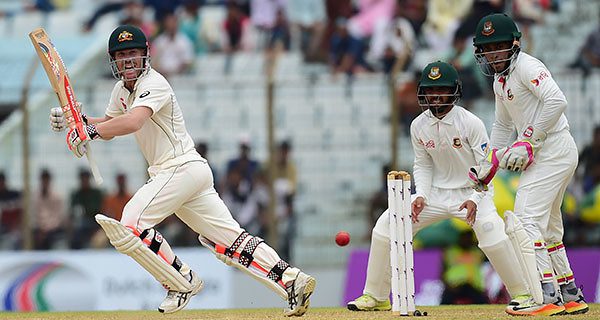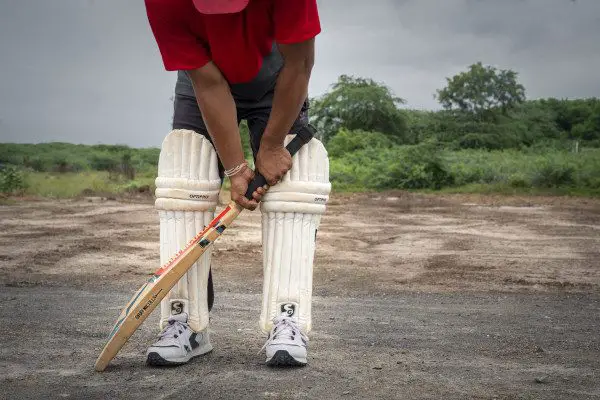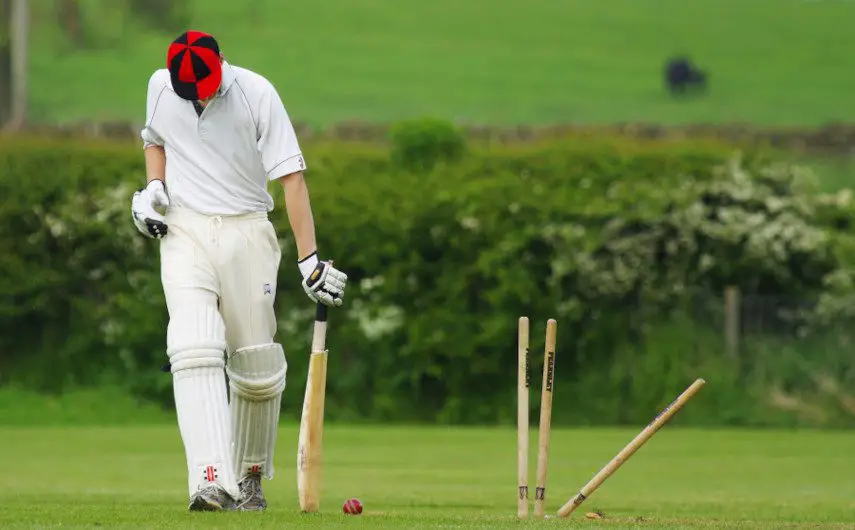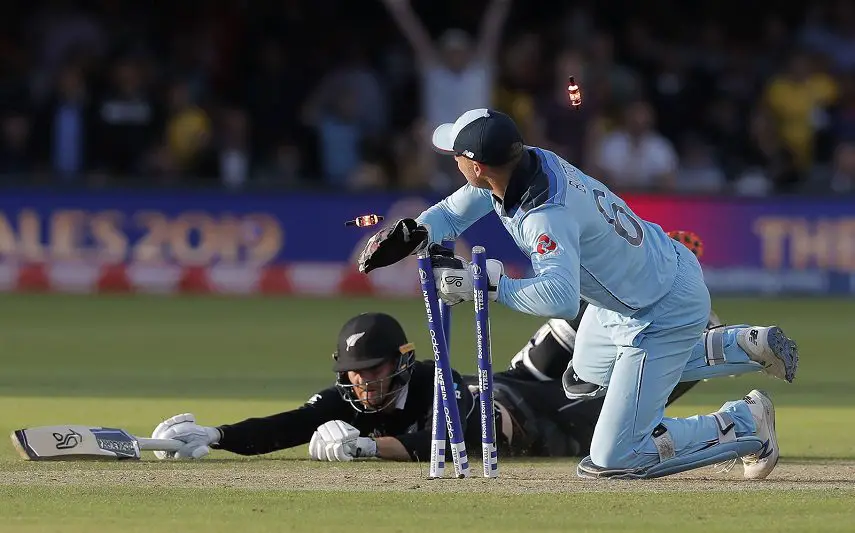Table of Contents
It’s a fairly new law in cricket that offers a batsman a risk-free chance to score some runs but what else do we need to know about the free hit?
What is a Free Hit in Cricket?
A free hit is awarded to the batting team following all types of no balls. If a bowler is called for a no ball, the umpire shall call and signal a free hit for the next delivery.
For the free hit itself, the batters are immune from most types of dismissal so they can look to take a riskier shot without fear of being bowled, caught or given out LBW.
Free Hit Rules in Cricket
This is a summary of all the rules relating to the free hit law. Remember, these currently apply to One Day and T20 cricket only and there is currently no provision for a free hit in test matches or other forms of first class cricket.
When is a Free Hit?
A free hit is called following any type of No Ball. Since the law was first introduced in 2007, this part of the rule has been subject to change. Not all types of illegal deliveries were included at times but, as of 2021, any type of no ball will lead to a free hit.
So, irrespective of whether the call is for front foot, back foot, height, or having three or more fielders behind square on the leg side, a free hit will be called for the next delivery.
Firstly, the umpire will signal the no ball and make sure that the scorers have acknowledged and recorded it. Then they need to clearly signal to the scorers, the batsmen and the fielding side that the next delivery is a free hit. At the same time they will state ‘free hit’ for confirmation.

Fielding Restrictions
The law stipulates that the captain of the bowling side cannot change their field on a free hit. The only provision for alterations occurs if the batsmen crossed and we now have a left hander on strike instead of a right hander or vice versa.
In that instance, the skipper can make changes in order to provide a similar field for the free hit delivery. If the same batsman is on strike or the we have no change in the set up, the field must stay the same.
There is one other, small allowance given to the fielding side. If the wicket keeper was standing up to the stumps when the no ball was delivered, they can move back for the free hit if they feel that it is safer to do so.
What if the Next Ball is not a Legal Delivery?
If the free hit delivery results in another no ball or a wide, a free hit shall be called and signalled once again.
This process will continue until such time as a legal delivery has been bowled.
What Dismissals are Available to the Bowling Team?
Batsmen can be given run out after a free hit and we have seen this happen. This is the most common form of available dismissal under the laws.
There are just two more ways in which a batsman can be given out from a free hit delivery – Hit the Ball Twice and Obstructing the Field.

Advantages for Batsmen
The clear advantage for the batsman is the fact that they have a free shot at the next ball. They cannot be given out for most types of dismissal, including the three most common methods – bowled, caught and LBW.
Therefore, when most batters are faced with a free hit they will try to get the ball towards or over the boundary. They will look to play big, expansive power shots or they could be innovative by playing the ramp.
Knowing that they cannot be caught or bowled means that they can just go for power or innovation in order to make the most of the opportunity. Fours or sixes are their aim when the free hit call is made.
It’s also seriously beneficial that the batsman cannot be out stumped from a free hit. This means that they can advance aggressively down the wicket and they cannot subsequently be out if the keeper takes off the bails.
Another small and rare advantage occurs when the ball hits the stumps. Because the batsman is not out ‘bowled’, the ball isn’t dead and the batters can cross for a bye.
Examples of Free Hit in ODI and T20i
The example in this following video shows how a batsman can be dismissed from a free hit. The Netherlands’ Peter Borren is run out in an ODI against the West Indies.
In this example, India’s Rohit Sharma perfectly underlines how a batter will look to hit a premeditated shot over the boundary. Here, Rohit hits a big six on his way to a record ODI score.
There are many other examples available but the ones here underline both sides of the free hit rule. On the one hand, we have a batter attempting a huge slog before losing his composure and being run out.
The second example involving Rohit Sharma shows a player at the top of his game using the law to his best advantage. He makes a powerful but calculated shot and gets the maximum reward in return.


